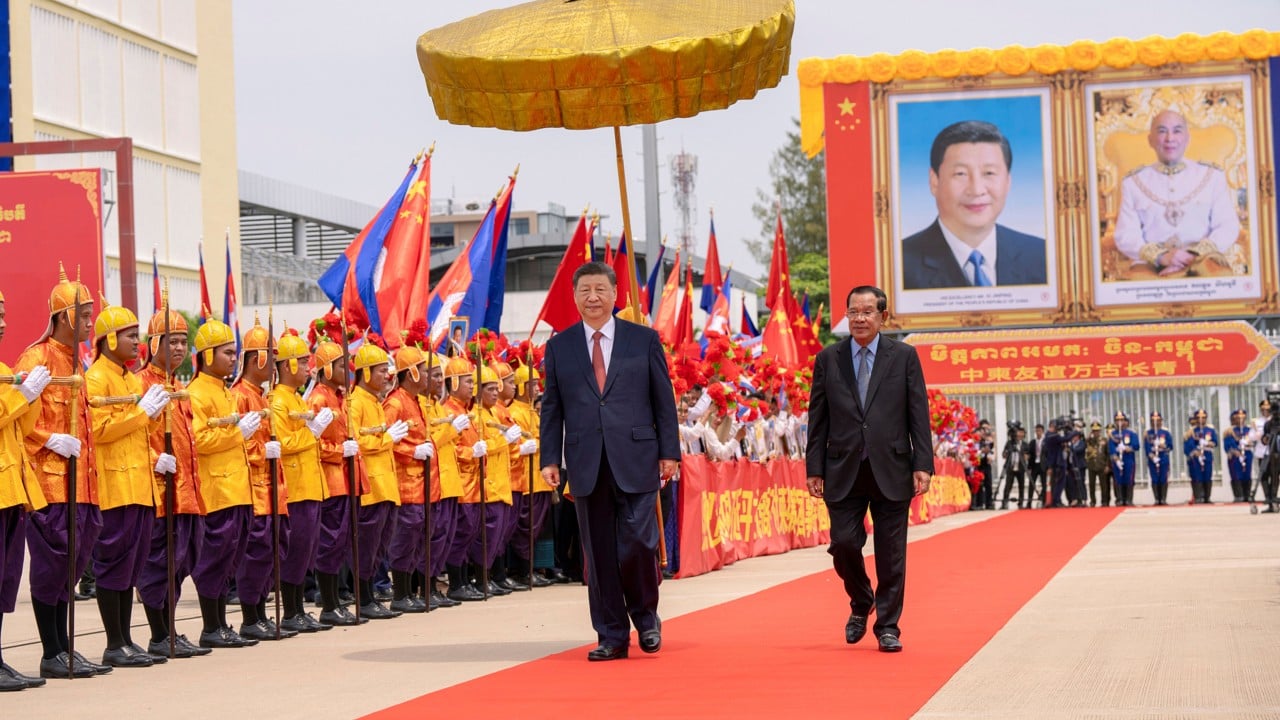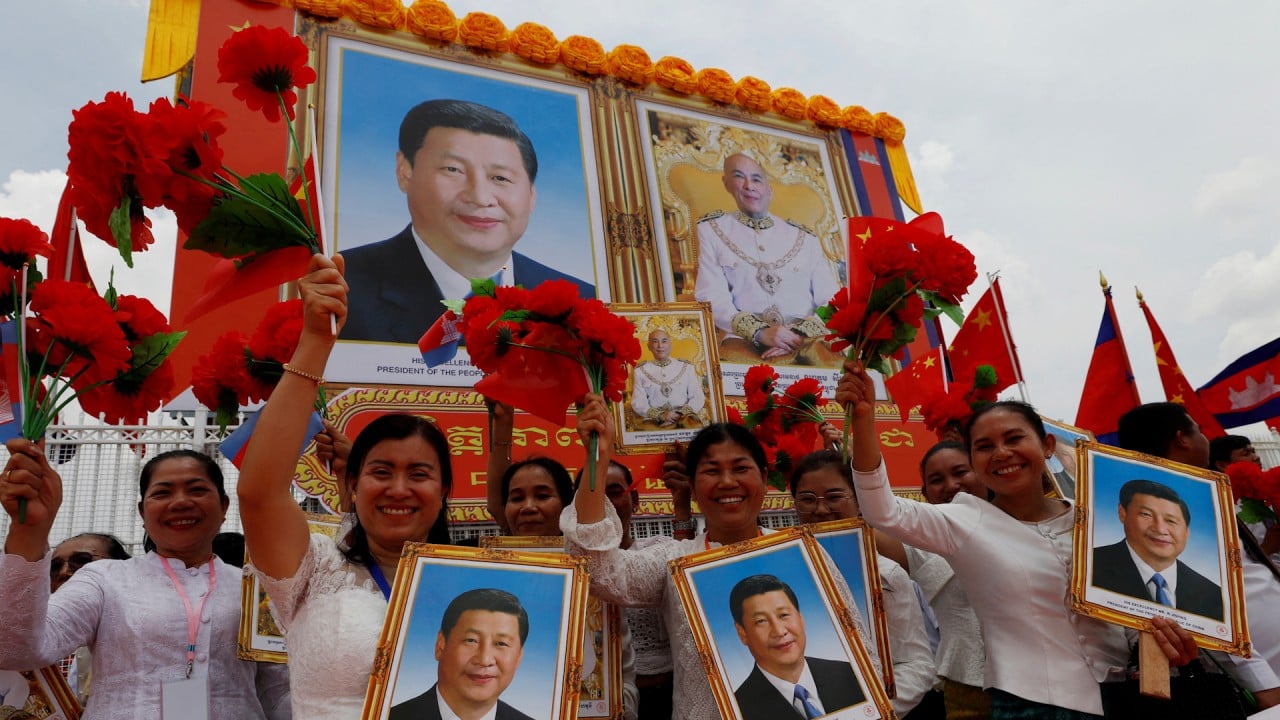Vietnam, Malaysia and Cambodia rolled out the red carpet for Chinese President Xi Jinping during his weeklong trip to the neighbouring countries.
Advertisement
In Hanoi, hundreds of children waved flags as he appeared at the Presidential Palace. In Kuala Lumpur, an honour guard fired off a 21-gun salute. And in Phnom Penh, King Norodom Sihamoni broke protocol to greet the Chinese president at the airport.
But beyond the pomp, the substance of the trip was a message of unity – of the need for countries to stand firm against protectionism amid the uncertainty thrown up by the United States, including by its “reciprocal” tariffs.
In Vietnam, Xi told Vietnamese leaders that they should stand up against “unilateral bullying”; in Malaysia, he said the two countries should counter unilateralism and protectionism; and in Cambodia, he stressed that trade wars undermined the multilateral trading system.
Observers said the trip helped to build trust within the region, and underlined the strategic importance in Southeast Asia had for China in countering the US tariffs.
Advertisement
“The main message that was being sent is that China will be the counterbalance to America’s protectionism. While America is not often named, the message is quite clear,” said Dylan Loh, assistant professor of foreign policy at Singapore’s Nanyang Technological University.


